What is a pump diffuser?
In general, diffusers are exchangers that transform kinetic energy generated by a fluid inside a compressor or pump into static pressure or the same potential energy. These components are commonly found inside pumps and compressors.
Specifications of the Abravan pump diffuser
- Gray cast iron material GG25 (Suitable for water supply and agriculture).
- Austenitic Stainless Steel S.S316
- Ferrous stainless Steel S.S304
- Wear resistant Stainless Steel S.S420
- Bronze NiALBZ
- Duplex Stainless Steel
Types of diffusers
There are various types of diffusers, and we can categorize them into two main types: Vaneless and Vaned.
Vaned pump diffuser
The vaned pump diffuser differs both in appearance and functionality from the vaneless pump diffuser. In this manner, it features multiple rows of vanes in terms of appearance, and the number of these vanes is determined based on the type of compressor or pump in which it is utilized.
Vaneless pump diffuser
In contrast, we have a vaneless pump diffuser, which provides a broad performance to a pump or compressor. This results in the static pressure produced by these types of diffusers being lower than their vaned counterparts. In other words, vaned pump diffusers exhibit higher efficiency and performance.
Materials for diffusers
Diffusers are typically made of aluminum, and this material has several advantages compared to other materials such as steel. Some of its key benefits include easier production and manufacturing, lower cost, Stainless, lightweight, and higher efficiency. However, it is worth noting that in some pumps, depending on the specific requirements of the device, diffusers may be made of steel.
In contrast to these diffusers, we have diffusers specifically designed for water supply pumps. In water pump diffusers, the material used must be 100% stainless and durable. Therefore, materials such as cast iron, Austenitic Stainless Steel, wear-resistant steel, Ferrous stainless Steel, bronze, and duplex are used in the construction of this type of diffuser.
Applications of diffusers
If we were to enumerate the uses and advantages of this component, we would have to say that these parts have numerous applications and are widely used in the production and manufacturing of industrial machinery. Industries such as agriculture utilize the most extensive use of pump diffusers. Some individuals locally refer to diffusers as water spreader blades. This component is one of the most important parts of a water pump and can play a significant role in increasing or decreasing water pressure.
Due to the specific application of pump diffusers, their material compositions will vary. It’s also important to note that these diffusers tolerate a specific temperature range. As mentioned earlier, pump diffusers are in contact with fluids. Therefore, these fluids may have very low or very high temperatures that could potentially disrupt the diffuser’s operation. Hence, the suitable and optimal temperature range that has no impact on the performance of pump diffusers is between 0 to 60 degrees Celsius.
The significance of fluid type with the diffuser material
The type of fluid that interacts with these diffusers will also vary. For example, in agricultural pumps, the pump diffuser is only in contact with water. Usually, water has a relatively low density, allowing for a broader range of diffuser materials to choose from. Conversely, diffusers in industrial compressors may deal with fluids of high density and viscosity. These diffusers need to exhibit high resistance and be made of highly durable materials. While the manufacturing of diffusers is often done in China, depending on the type and performance, other countries, including Iran, can also be involved in producing this component.
Key points for purchase
One of the most sensitive types of diffusers is the pump diffuser. It is named so because it is specifically used in the manufacturing of pumps, particularly water pumps. Selecting and purchasing a pump diffuser is more challenging compared to other types of diffusers since this diffuser is constantly in contact with water.
As we know, water is a substance that can cause rustiness and deterioration of metals. Therefore, during the purchase, we recommend contacting experts from the Abravan Company to provide you with the best option based on the type of pump.

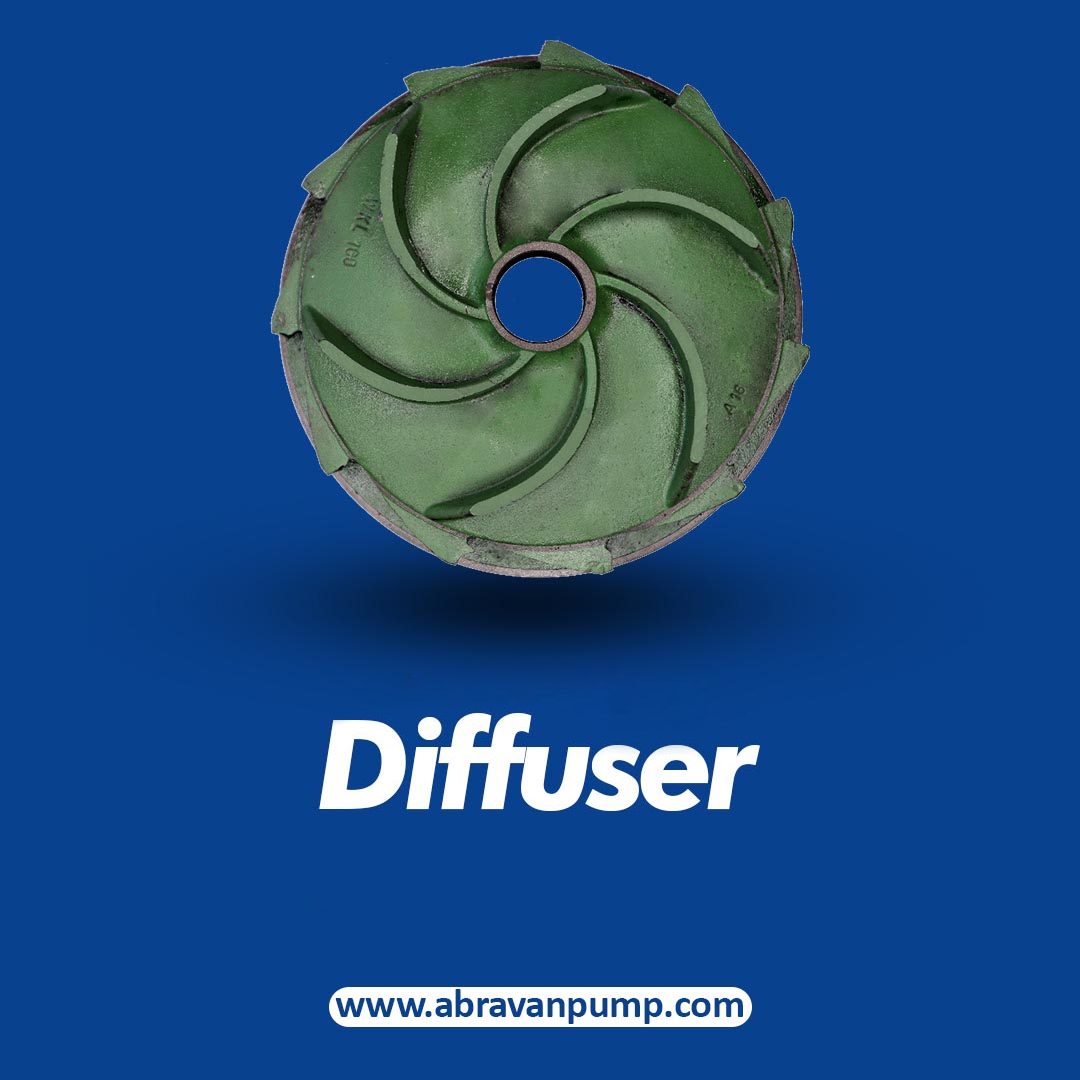
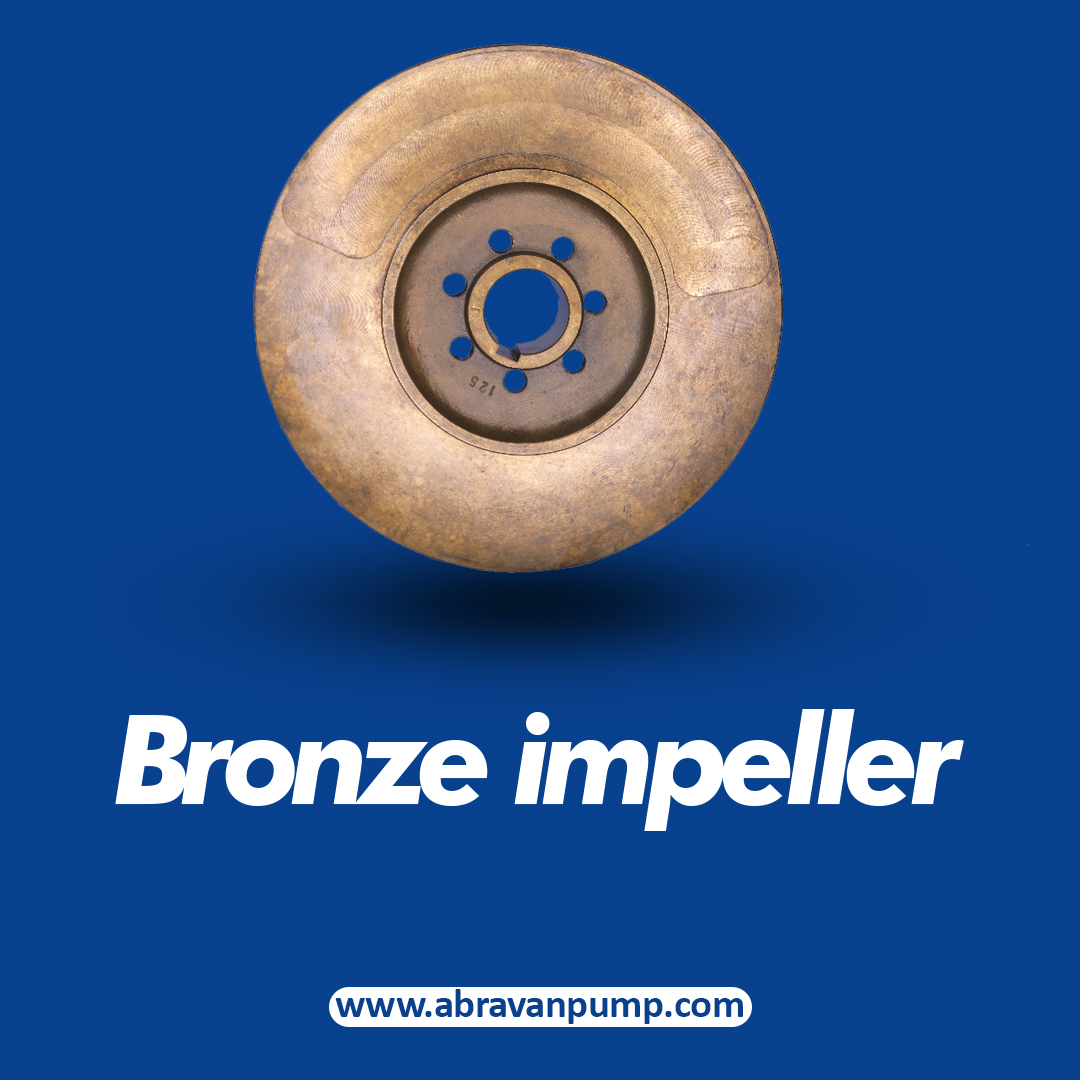
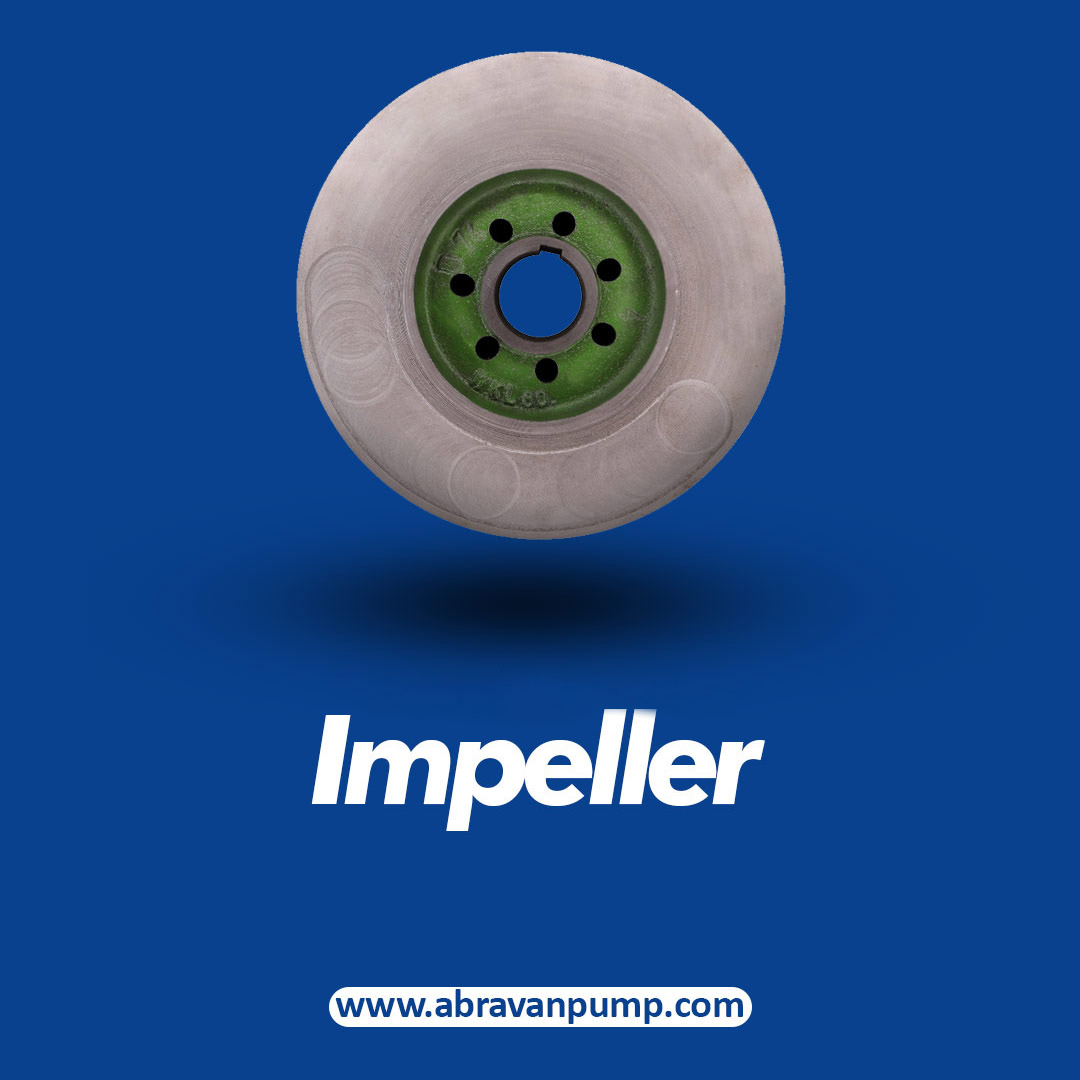
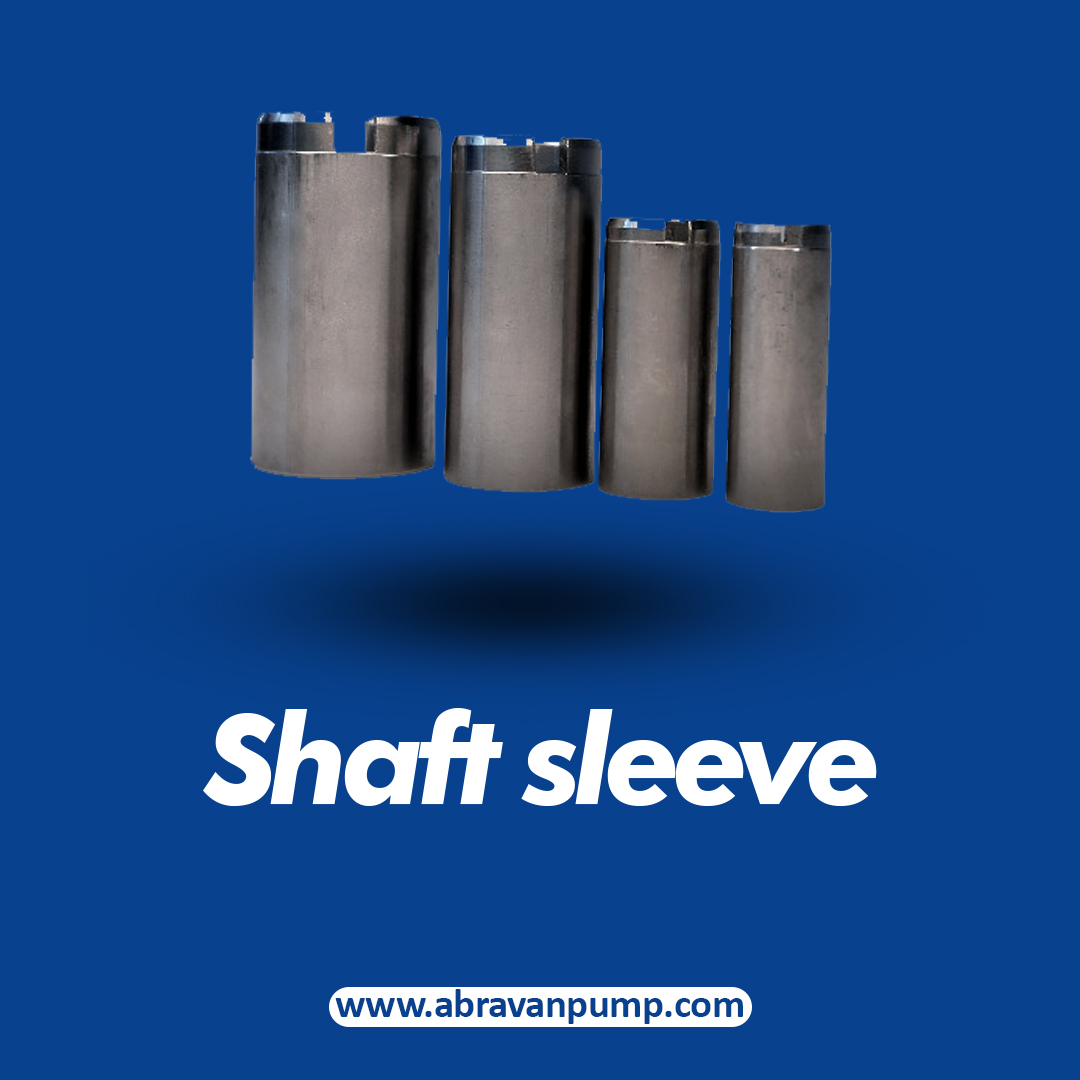
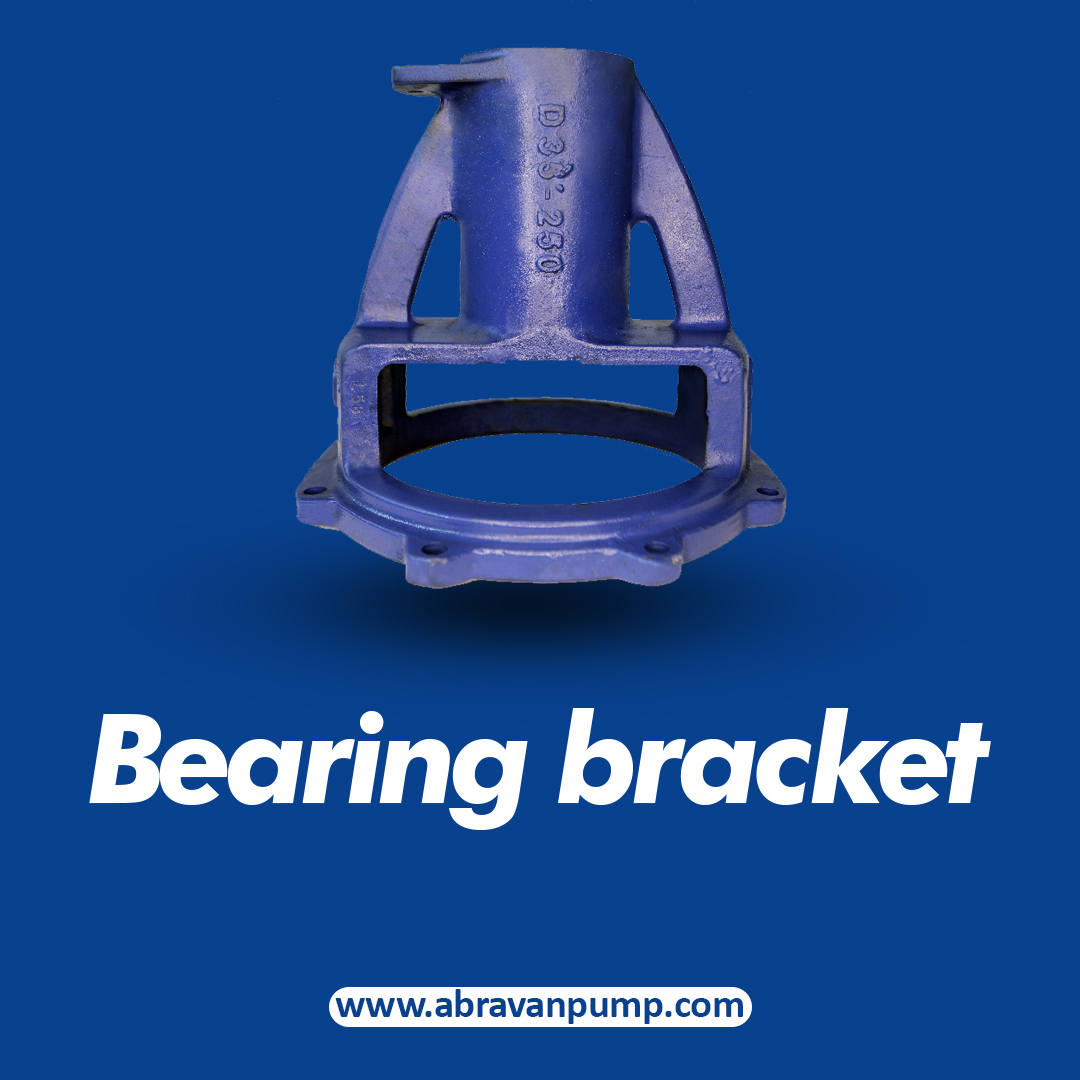
Reviews
There are no reviews yet.